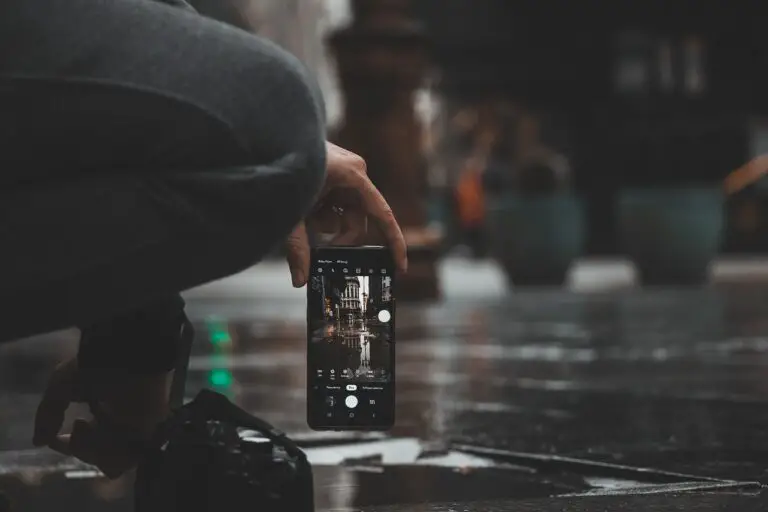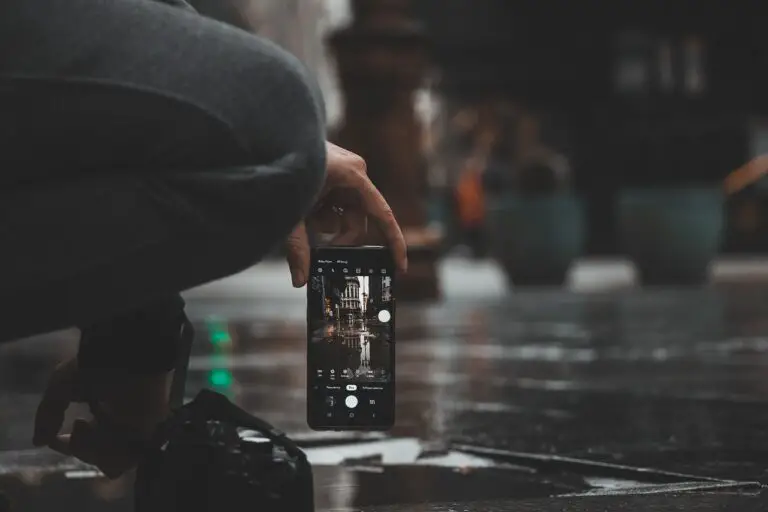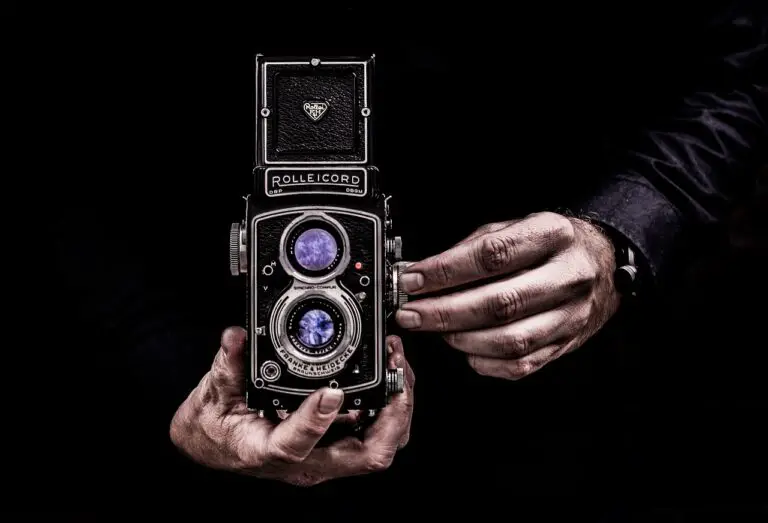What Is Vignette In Photography
Photography: Enhancing Focus with Vignettes
In photography, a vignette refers to a technique or effect where the edges of an image are darkened or shaded, creating a subtle or dramatic framing effect. It is often used to draw the viewer’s attention towards the center of the photograph or to add a vintage and artistic feel. The darkening effect can vary in intensity, from subtle and barely noticeable to more pronounced and bold, depending on the photographer’s creative vision and intentions.
Natural and Enhanced Vignettes in Photography
Vignetting can occur naturally in some situations, especially with certain lenses or lighting conditions. However, many photographers also intentionally create or enhance vignettes during post-processing using various software tools such as Adobe Photoshop or Lightroom. These tools allow photographers to control the degree and shape of the vignette effect, as well as adjust other parameters like color saturation and contrast to achieve their desired outcome.
Vignette Effect: Timeless Charm in Photography
The vignette effect in photography has been widely used throughout history, particularly in black and white film photography. It can add a timeless and nostalgic quality to images, evoking a sense of old-world charm. Nowadays, with digital editing techniques, photographers have even more freedom to experiment with vignettes and easily enhance their photographs with this effect to create a unique and captivating visual story.
Vignettes: Adding Depth and Beauty
Overall, a vignette in photography is a creative tool that photographers use to add depth, focus, and artistic expression to their images. Whether it is a subtle shading around the corners or a bold darkening effect, vignettes can enhance the overall composition and mood of a photograph, captivating the viewer’s attention and adding a touch of timeless beauty.








